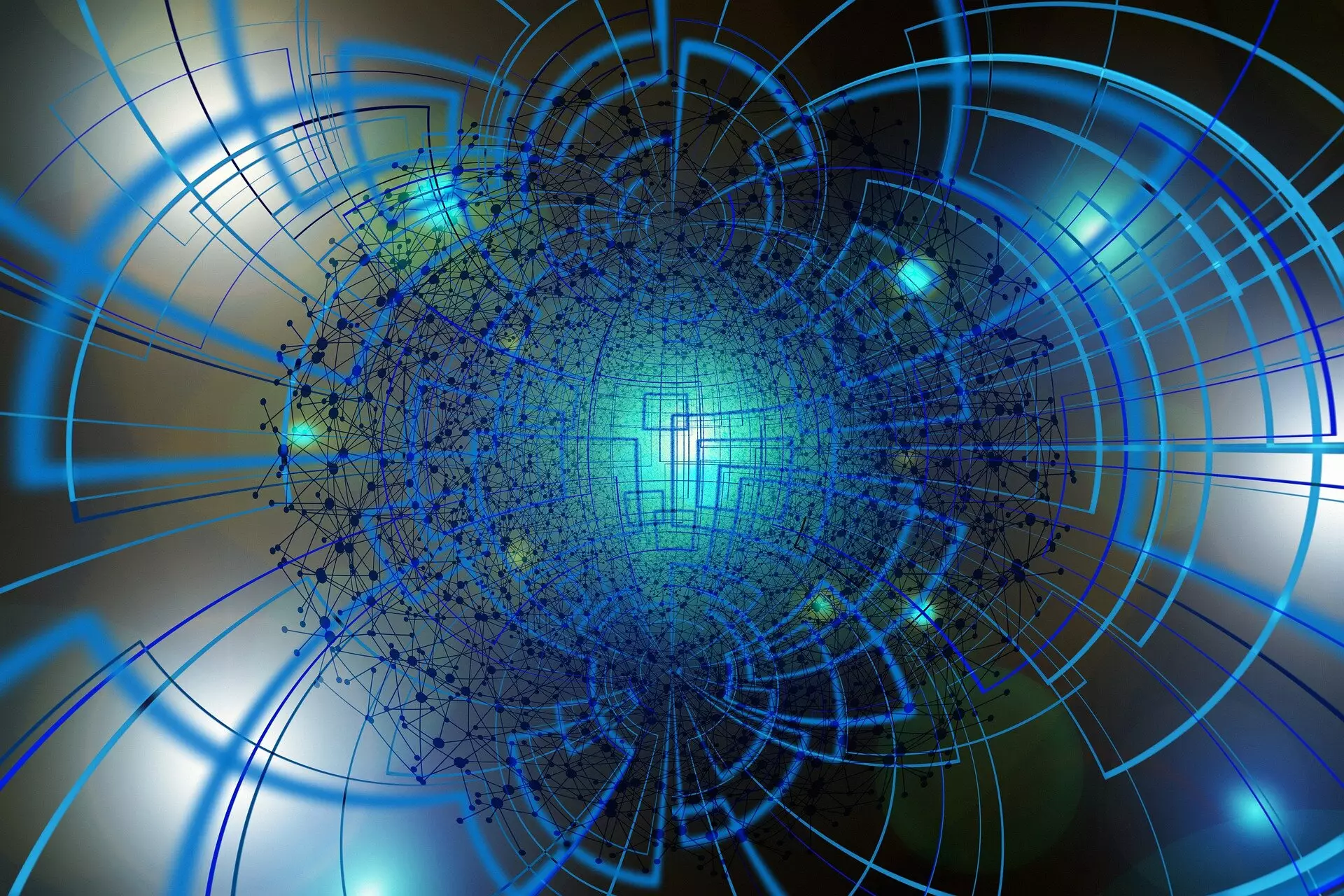Quantum mechanics, the fundamental theory that describes nature at the smallest scales, is known for its baffling phenomena, one of which is quantum entanglement. For over two decades, researchers have grappled with a pivotal question: can a quantum system maintain its maximum entanglement in the face of noise? A recent study conducted by mathematician Julio I. de Vicente has concluded that, under noisy conditions, the answer is a resounding “no.” This revelation not only challenges long-held beliefs but also reshapes our understanding of quantum systems and their applications.
The notion of quantum entanglement dates back to a famous debate between two titans of physics: Albert Einstein and Niels Bohr. Einstein notably dismissed the idea as “spooky action at a distance,” expressing skepticism about the notion that particles could be intrinsically linked, regardless of the spatial separation between them. Over the years, this skepticism gave way to rigorous scientific debates, culminating in the establishment of what are known as Bell inequalities. These inequalities serve as a benchmark for distinguishing between classical and quantum realms, laying the groundwork for understanding entanglement.
Entanglement signifies a state wherein particles within a system cannot be described independently; their properties are intertwined in a manner that defies classical intuition. This phenomenon is not merely theoretical; it has been experimentally demonstrated with particles separated by distances exceeding 1,000 kilometers. This level of connection raises critical questions about information transfer, as measurements conducted on one particle instantaneously affect its entangled counterpart, despite the absence of any communicative signal traveling between them.
The implications of quantum entanglement extend well beyond academic curiosity; they are foundational to emerging technologies such as quantum computers, encryption methods, and advanced sensors. Quantum computers, in particular, are thought to require particles in maximally entangled states to perform complex computations that are infeasible for classical systems. The creation and maintenance of such states, measured by quantifiable entanglement metrics, are critical as researchers aim to refine the efficiency and reliability of quantum technologies.
Entangled particles are typically understood through the framework of quantum bits, or qubits, which occupy a state of superposition, allowing them to exist concurrently in multiple configurations. Under ideal conditions, the relationship between two qubits can be articulated through what is known as a Bell state—a state characterized by perfect correlation. The challenges arise, however, when real-world elements, including noise, intrude on this delicate balance.
In practical applications, noise manifests as an inherent disturbance in any quantum system, encompassing variables such as thermal fluctuations and mechanical vibrations. De Vicente’s recent findings, published in *Physical Review Letters*, assert that when noise is present, achieving a maximally entangled state is fundamentally unattainable. Instead, it proposes a more flexible interpretation: the effectiveness of an entangled state can vary based on its intended purpose, or “task,” regardless of the presence of noise.
This raises an intriguing dilemma for researchers, as it reveals that the universality of maximal entanglement is compromised under realistic conditions. In essence, optimizing entanglement becomes a task-dependent challenge influenced by the specificities of the quantum state and its underlying noise spectrum. An “entanglement quantifier,” a metric used to gauge the degree of entanglement, becomes instrumental in navigating this complexity.
The surprising conclusions drawn by de Vicente’s study serve as a critical wake-up call to researchers in the field. The general consensus that certain noisy quantum states could replicate the desirable characteristics of Bell states under noise conditions is now called into question. Namit Anand, a researcher at NASA’s Quantum AI Lab, has pointed out that this finding reminds scientists that the complexities of quantum systems extend far beyond simplistic models.
Going forward, a strategic focus on task-oriented approaches to managing entanglement amid noise may be crucial. The implications of this research not only inspire a reevaluation of current quantum technologies but also suggest new avenues for experimentation and development in quantum information science. As scientists strive to refine their understanding of entanglement, it becomes increasingly clear that the journey into the quantum realm is fraught with paradoxes, challenges, and exciting potential.

